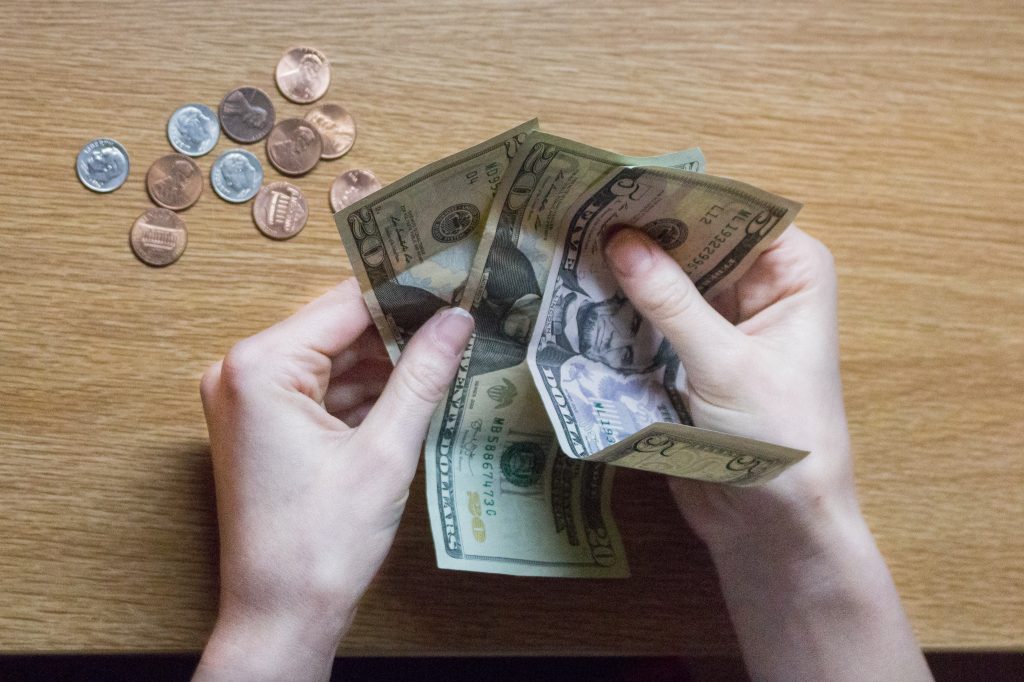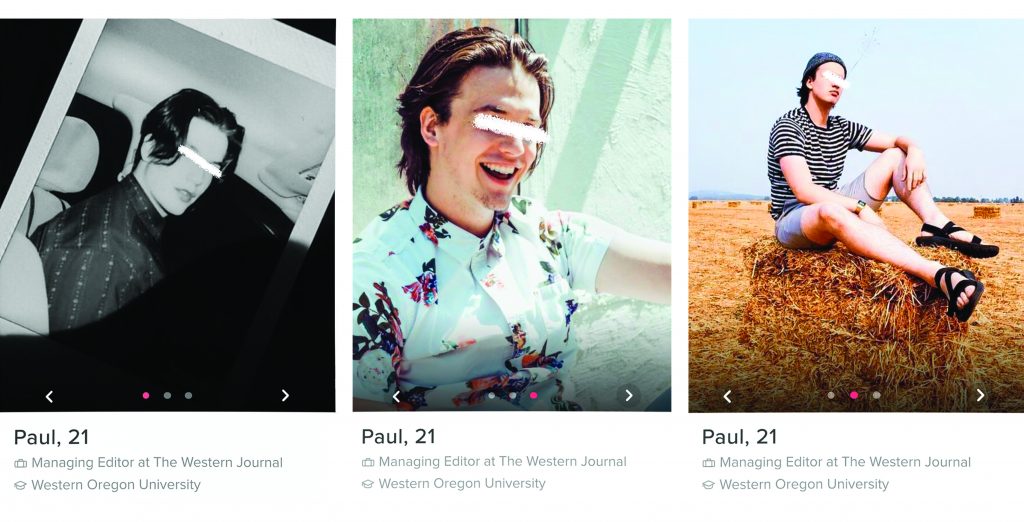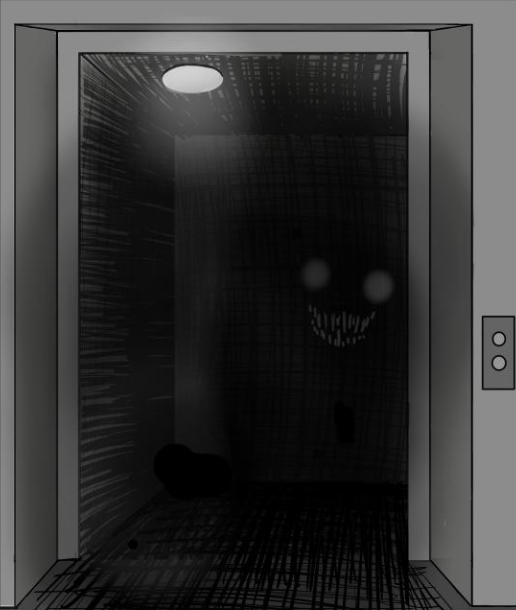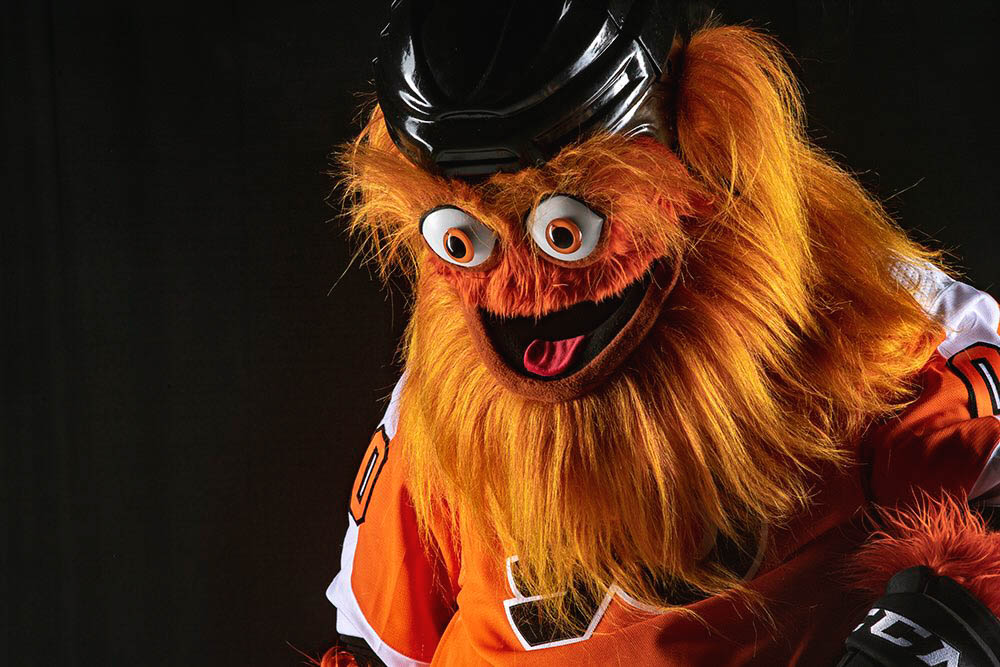
Lake Larsen | Sports Editor
Since the swearing in of the new Democrat majority into the Congressional House, there has been one congresswomen that has seen a near constant stream of headlines — Alexandria Ocasio-Cortez, the representative of the 14th District of New York. One of the largest headline grabbing moves of Ocasio-Cortez has been her radical tax idea. On Jan. 5, Ocasio-Cortez proposed an idea that set many right-wing economists and republicans ablaze — tax the ultra-rich 70%.
At first glance, a tax of 70% sounds absolutely absurd. The lyrics “that’s one for you, nineteen for me” from The Beatles “Taxman” start to seem all too real. However, actually understanding the proposed plan and not just adhering to a knee-jerk reaction in very important.
The mere thought of a 70% tax bracket sounds like — dare I say it — socialism. The government stealing money from hard working Americans. But in reality, this plan would only be for individuals making over $10 million annually.
One might think that, if the government taxes the rich that much, they might raise the middle class tax percent. This idea in and of itself is ludacris. Taxing the rich helps raise government funding without hurting the economy due to the ultra rich being able to afford the added tax. Raising taxes for someone making $60,000 annually will hurt their disposable income, thus lowering their spending and hurting the economy.
While it might be easy for staunch capitalists to adhere to the belief of “there’s no way this high of a tax would work in America,” it would be important to know that good-ole capitalist United States of America also had taxes this high and at one point, higher. In 1917 the highest tax rate was 67% for those making over $1,000,000 annually ($21,000,000 when adjusted for inflation) per taxfoundation.org. The highest rate was during the second world war were the rate was 94% for those making over $200,000 annually ($2,900,000 when adjusted for inflation) per taxfoundation.org.
At the surface level, it might seem that taxes this high would cause people to go broke with the extreme tax burden. But just remember that unless you win the Powerball, you likely will not find yourself in this tax bracket anytime soon.
Lastly, the idea of taxes being a horrible, overbearing government stealing for the masses is just simply not true. Many countries have high taxes and because of them, don’t struggle with outrageous healthcare costs like America. A large number of European countries tax their citizens large percentages and in return everyday people get to enjoy things such as: being able to visit a doctor without fear of their healthcare provider not covering it, going on vacation for more than a week a year, and being able to go to college without burying themselves in debt. Crazy, right?
Overall, just remember that when we pay taxes, we are paying for things. Things like roads, bridges, a military, and maybe one day, universal healthcare. Ocasio-Cortez’s idea is just asking the rich to stop hoarding money and pay their fair share to society. You might not agree with how and where our tax money is being spent, but that’s why you vote. And in a world where our President seems to only help the rich, it’s refreshing to see someone in power fight back.
Contact the author at llarsen13@wou.edu
Photo courtesy of Ashlynn Norton






